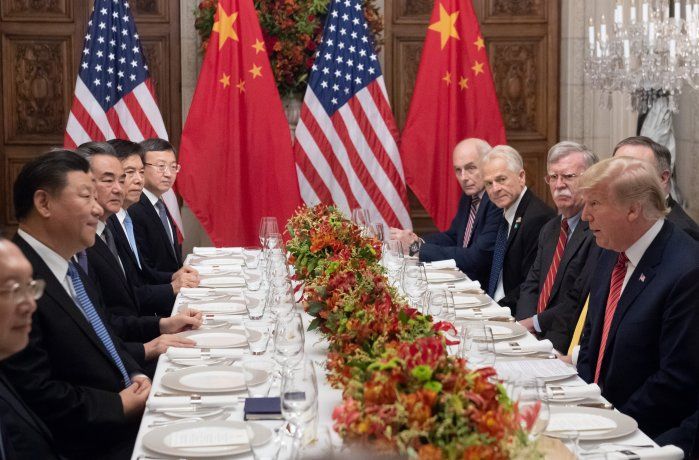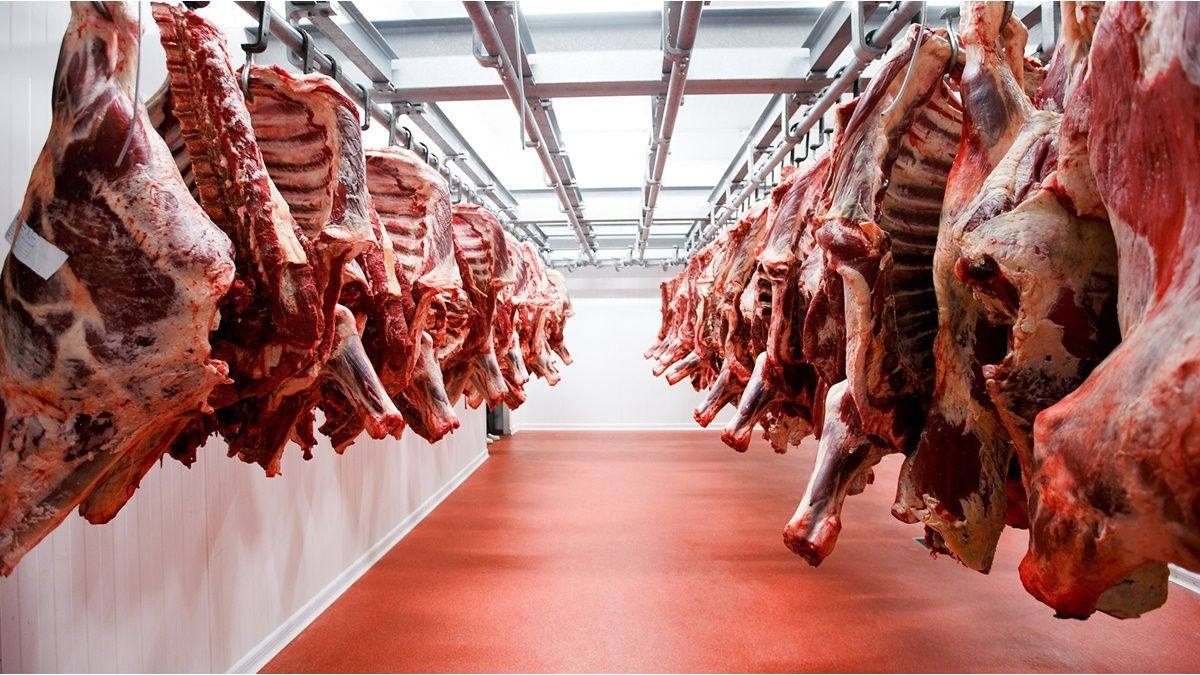The 90 -day pause in the commercial war between the US and China brought some relief to the markets, which started the week with strong increases.
The 90 -day pause in the commercial war between the US and China He brought some relief to the markets, which started the week with strong increases. The rapid uncalled reduced the risk of recession, although uncertainty about whether a structural agreement will be achieved at the end of this period. How should the portfolios reposition in this new scenario?
The content you want to access is exclusive to subscribers.
The global markets began the week with strong profits after the announcement of a 90 -day tariff truce between the United States and China. Both countries agreed significant cuts: US will reduce tariffs on Chinese products From 145% to 30%, while China will drop its own from 125% to 10%. The agreement points to decompress commercial tensions and include a continuous dialogue mechanism to avoid new climbs.


The measure is produced in a challenging political and fiscal context for the Trump administration. Various judicial demands began to question the legality of the tariffs decreed under the Law of Emergency Economic Powers of 1977. In parallel, the pressure of the bond market – with marks marked in the yields of the long stretch of the curve – forced a de -escalation, first with most of the key commercial partners, and now with China.
USA-CHINA.JPG

Both countries agreed significant cuts: the US will reduce tariffs on Chinese products from 145% to 30%, while China will drop its own from 125% to 10%.
In this framework, the market scenario projects that the effective tariff rate is located about 15% towards the end of the yearfrom levels close to 25% reached after the announcement of reciprocal rates in April. This would represent a leap of 12.5 percentage points compared to 2.5% average of 2024. In macroeconomic terms, the effect would be comparable to a 2% VAT rise, with short -term inflationary pressures and a slight deceleration of growth, although Without getting to a recessionlike several banks began to discount weeks ago. The rapid offset of the conflict reduces recession risks, But uncertainty still persists. It will be key to monitor the impact that tariff shock had on consumption and investment decisions, as well as the effect of levies already applied to commercial flows. The latent risks remain, especially if not progressing towards a structural agreement once this 90 -day truce has been passed.
From the investment perspective, the lower risk of recession opens a tactical window to add Duration in high performance corporate bondsbut prioritizing emitters with low level of indebtedness and solid cash flows. The recent expansion of Spreads in this segment offers a opportunity to capture attractive returns without assuming significant deterioration in credit quality. In Variable Income, we recommend continuing to subponde the concentrated exhibition to the United States and the technological sector, which dominates the composition of the MSCI Mundo. We see value in a strategy that favors regional diversification and focus on sectors with less weighting in the global index but with good foundations and attractive relative values such as the financial sector, Utilities And now, after the strong casualties, the energy.
On the exchange plane, a Progressive weakness of the dollarwhich enables greater diversification towards coins such as euro, Japanese and pound sterlingin line with the rebalancing of global flows.
Fifth Investment Strategy Head
Source: Ambito
David William is a talented author who has made a name for himself in the world of writing. He is a professional author who writes on a wide range of topics, from general interest to opinion news. David is currently working as a writer at 24 hours worlds where he brings his unique perspective and in-depth research to his articles, making them both informative and engaging.




